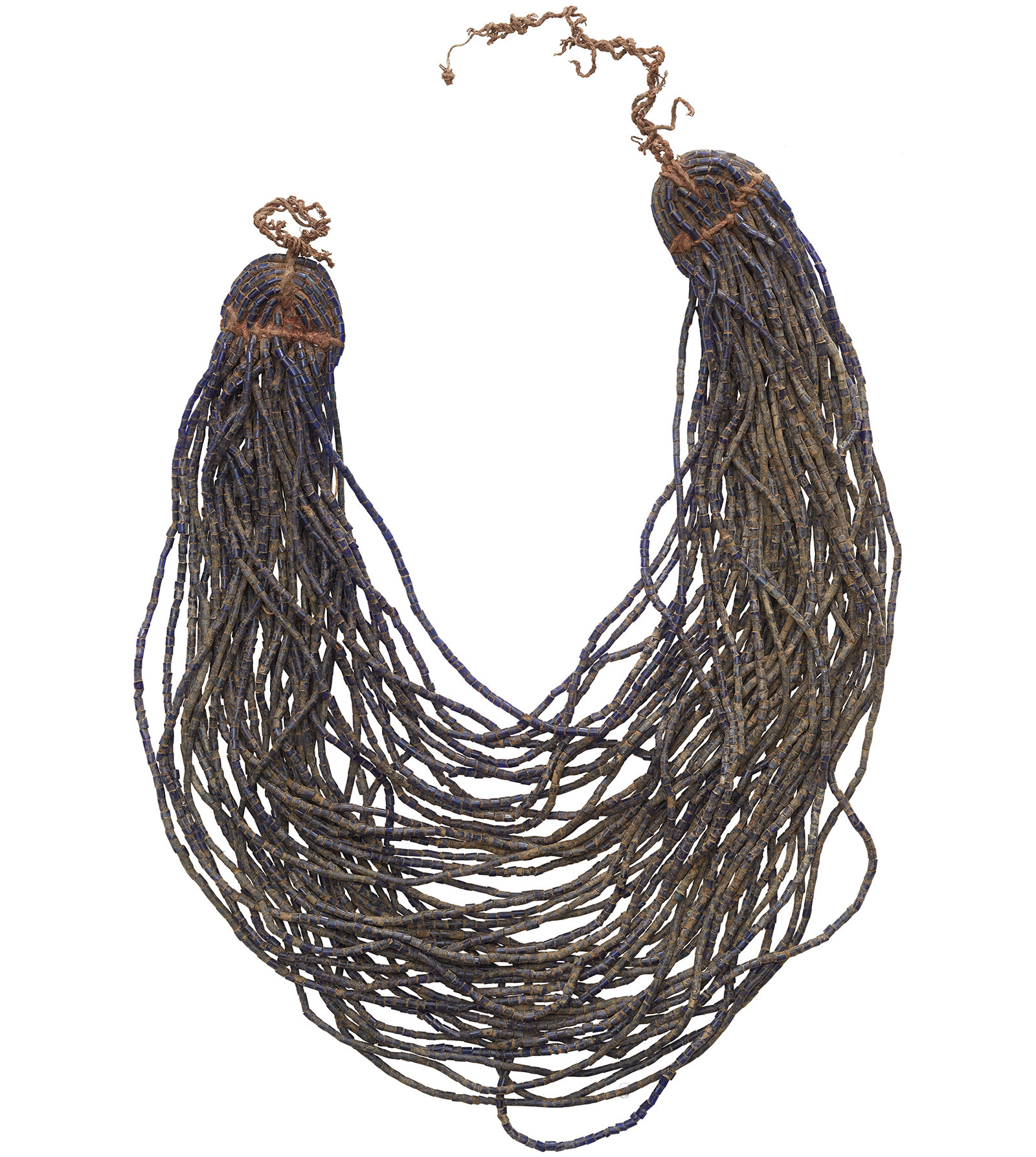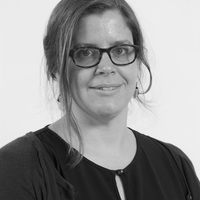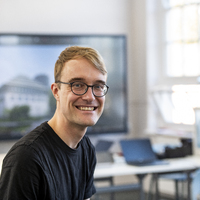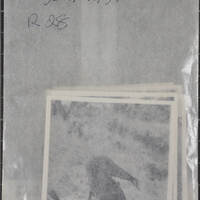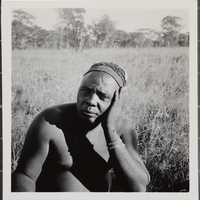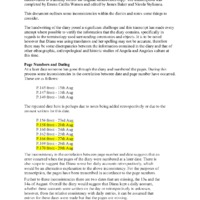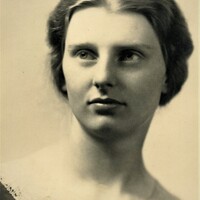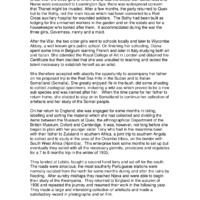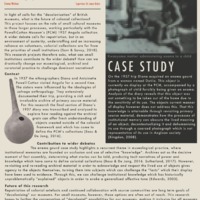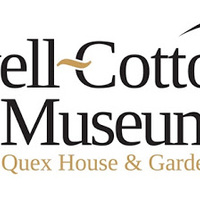Ethnographic photographs and ethics: Powell Cotton Museum
Item
Title
Ethnographic photographs and ethics: Powell Cotton Museum
Description
Ethnographic photographs are a valuable resource for researchers and publics. Yet these images raise a range of ethical issues. Public display of particular sorts of images can cause offense and reproduce colonial positionality, attitudes and assumptions that anti-racist and decolonizing agendas need to address. The display of such images within Museum galleries and online raises a range of ethical issues.
The Powell-Cotton sisters took a very large number of photographs while travelling in Angola and Namibia in the 1930s. This archive is of great importance to researchers and those interested in the history and culture of the region. The Making African Connections project wants to make the collection as accessible as possible. However, there are a number of problems with this archive, that arise in relation to public display and digitization.
1. Images of nudity. The archive collection includes pictures of women and girls whose breasts are not covered. While many of these women would have considered themselves fully clothed at the time they were taken, we know some were asked to remove clothes in order to look more authentically African. We cannot know which specific photographs this applies to. Who has the right to decide whether to place these images of women and girls in the public gaze by digitizing them and providing access online? The UK-based Project Team decided it was inappropriate for us to do so. We have made the existence of the photographs visible to researchers, but the images themselves are hidden from public view. The World Wide Web provides millions of people with access to cultural knowledge from across the globe. This is a public good. But the Web is also a place where images, objects and people can easily be displaced from their context and subject to a gaze which has harmful intent, and where concepts like ‘adult nudity’ are shaped by the socially conservative policies and practices of North American social media companies. And so our choice of technology (the Web) adds further encouragement for us to act as censors. Similarly, but in response more to ethical than socio-technological drivers, photographs which include moments that we believe to be private or which the written archive suggests were taken only after considerable persuasion have also not been made available. By indicating the existence of these photographs but not sharing them we hope that those interested in seeing the photographs can contact us or the Powell-Cotton Museum directly.
2. Physical type photography. In the nineteenth and early twentieth century, anthropologists photographed individuals they met from the front and the side to try and create a physical typology of people. This practice deliberately erased personal narratives, asking people to instead represent a type, in line with contemporary ideas of race. This practice was generally considered dated, obsolete and unprofessional by anthropologists in the 1930s but many of the Powell-Cotton sisters’ photographs are taken in this manner. We have reproduced photographs of this kind in the digital archive only when we are able to name the individual in the photograph and have no other photographs of them.
The Making African Connections project is able only to digitise a tiny fraction of the photographs in the Powell-Cotton archive, so we have chosen to focus on those photographs that contain individuals we can name and provide some biographical information about. As we continue to digitise these collections and learn more about them from research and outreach, we expect our view on their online display to adapt.
In early-2021, Temi Odumosu's 2020 article "The Crying Child: On Colonial Archives, Digitization, and Ethics of Care in the Cultural Commons" (linked below) came to my attention. It is an inspiring piece of writing that resonates with our rationale for restricting online access to some of the photographs encountered during the Making African Connections project, and offers lines of provocation for us to take forward in future work [JB, March 2021]
Date
November 2020
Relation
Linked resources
Filter by property
| Title | Alternate label | Class |
|---|---|---|
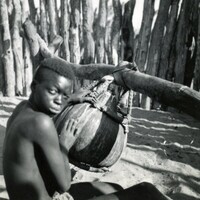 Butter Churning (2) Butter Churning (2) |
Physical Object | |
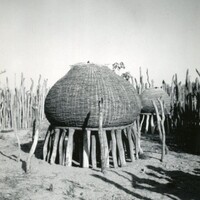 Grain store Grain store |
Physical Object | |
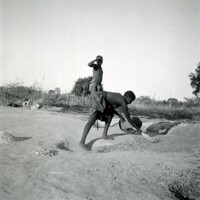 Harvesting Grain Harvesting Grain |
Physical Object | |
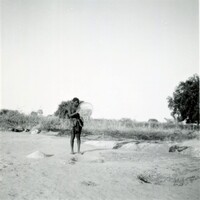 Winnowing Winnowing |
Physical Object | |
| Winnowing (2) | Physical Object | |
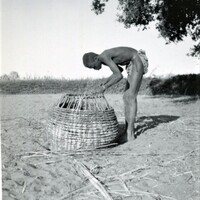 Making a grain store Making a grain store |
Physical Object | |
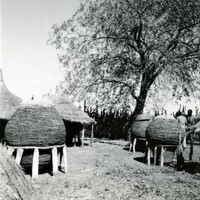 Grain Stores Grain Stores |
Physical Object | |
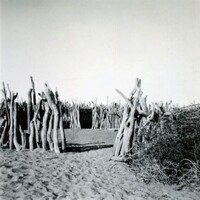 Wooden fencing Wooden fencing |
Physical Object | |
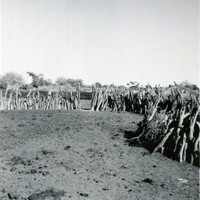 Wooden Fencing Wooden Fencing |
Physical Object | |
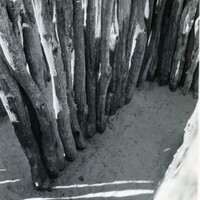 Fencing - close up Fencing - close up |
Physical Object | |
 Preparing Grain Preparing Grain |
Physical Object | |
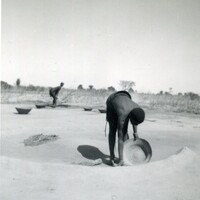 Collecting grain Collecting grain |
Physical Object | |
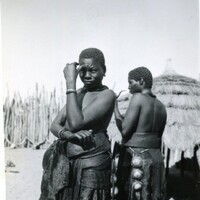 Two women, one smoking Two women, one smoking |
Physical Object | |
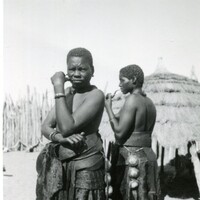 Two women, one smoking (2) Two women, one smoking (2) |
Physical Object | |
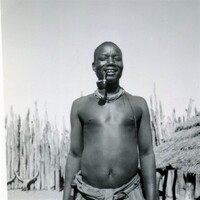 Man with pipe Man with pipe |
Physical Object | |
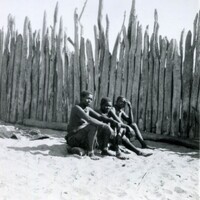 Three people sitting Three people sitting |
Physical Object | |
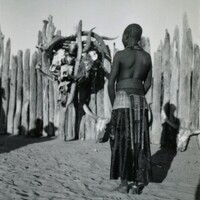 Young woman Young woman |
Physical Object | |
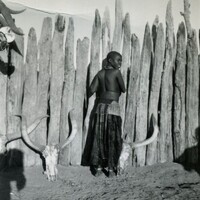 Girl and fence Girl and fence |
Physical Object | |
 Two women Two women |
Physical Object | |
| Two young women | Physical Object | |
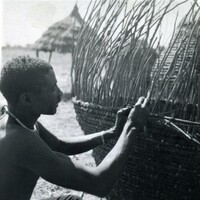 Basket weaving Basket weaving |
Physical Object | |
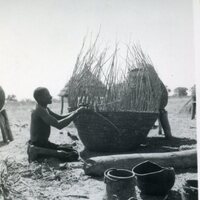 Man weaving a basket Man weaving a basket |
Physical Object | |
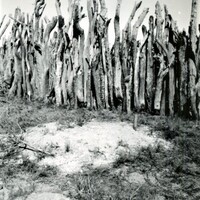 Grain and fence Grain and fence |
Physical Object | |
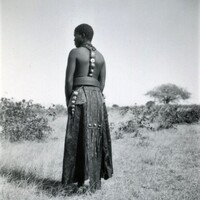 Woman facing away Woman facing away |
Physical Object | |
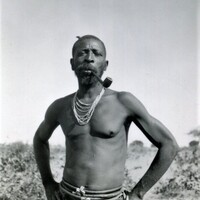 Man with pipe Man with pipe |
Physical Object |

